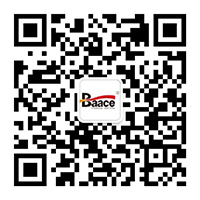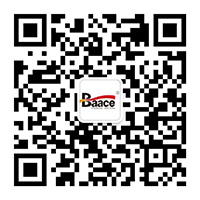
Home » News » Industry News » Ministry of Industry and Information Technology: Battle battery cycle life ≥ 5000 times and capacity retention ratio ≥80%
On November 18, the Ministry of Industry and Information Technology's Electronic Information of the Ministry of Industry and Information Technology (Draft for the Normative Conditions (2021) "(Draft)" (Draft of the Lithium Ion Battery Industry) (2021) "(2021)" (Draft for Comment) Public comments. Among them, "Lithium-Ion Battery Industry Standards (2021)" (Draft) "(Draft), lithium-ion battery enterprises and projects should comply with national resource development and utilization, ecological environment protection, energy-saving management, safety production, etc., in line with the state Industrial policy and related industrial planning and layout requirements, in line with the requirements of local national land spatial planning and ecological environmental protection special plan, meet the 'three-wire one' ecological environmental partition control requirements. Guide enterprises to reduce manufacturing projects that are simply expanded, strengthen technological innovation, improve product quality, and reduce production costs.
"Lithium-ion battery industry specification conditions (2021) (Draft for comments)"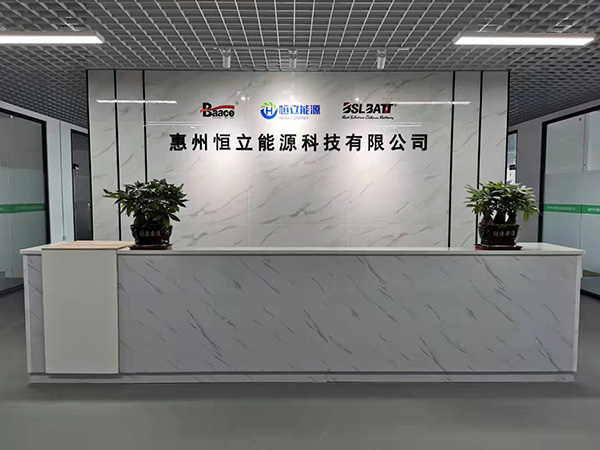
In order to strengthen the management of lithium-ion battery industry, guide the industry to speed up the transformation and upgrading and structural adjustment, promote the healthy development of my country's lithium-ion battery industry, according to relevant national laws and regulations and industrial policies, according to the optimization layout, regulating order, safeguard safety, improve quality, and encourage innovation , The principle of classification guidance, formulate this specification. This specification is to encourage and guide industry technological advancements and guided documents, no advancement and mandatory of administrative approval.
I. Industrial layout and project establishment
(1) Lithium-ion battery enterprises and projects should meet national resource development and utilization, ecological environment protection, energy-saving management, safety production, etc., in line with national industrial policies and related industrial planning requirements, in line with local country planning and ecological environment Protect special planning and other requirements to meet the 'three-wire a single' ecological environment partition control requirements.
(2) In planning and identified permanent basic farmland, ecological protection red lines, as well as national laws and regulations, regulations for the provisions of the construction of industrial enterprises, should not build lithium-ion batteries and supporting projects. Existing enterprises in the above areas should be removed in accordance with the requirements of laws and regulations, or strictly control the scale and gradually move.(3) Guide enterprises to reduce manufacturing projects that are simply expanded to expand their capacity, strengthen technological innovation, improve product quality, and reduce production costs.
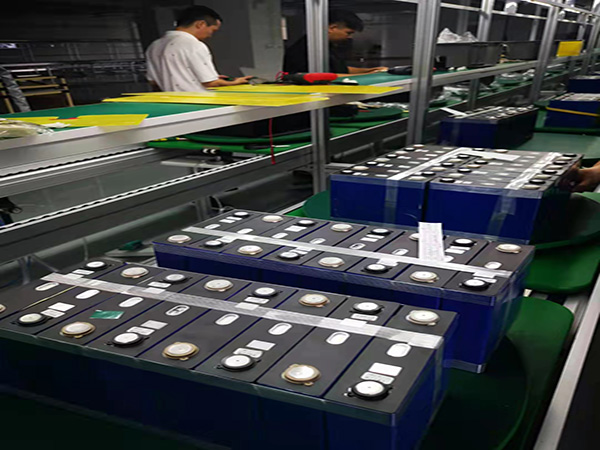
Second, process technology and quality management
(1) Enterprises should have the following conditions: Established in accordance with the law in the People's Republic of China, with independent legal personnel; independent production, sales and service capabilities with lithium-ion battery industry related products; research and development funds are not less than the company's main business income 3%, encourage enterprises to obtain the provincial independent R \\u0026 D institutions, technical centers or high-tech enterprises; the main products have technical invention patents; the actual production in the previous year is not less than 50% of the actual capacity of the year.
(2) Enterprises should adopt advanced technology, energy-saving and environmental, safe and stable, intelligent production process and equipment, and reach the following requirements:
1. Lithium-ion battery companies should have the monitoring capability of uniformity after electrode coating, and the measurement accuracy of the electrode coating thickness and length is not less than 2 μm and 1 mm, respectively; should have electrode drying process, and the water content control accuracy is not less than 10ppm.
2. Lithium-ion battery companies should have environmental conditions such as temperature and humidity and cleanliness during the liquidation process; the internal short-circuit high-pressure test (HI-Pot) inside the battery should be used.
3. Lithium-ion battery pack enterprises should have consistency assessment capabilities such as uniform battery open circuit voltage, internal resistance, and measurement accuracy is not less than 1mV and 1MΩ, respectively; should have battery pack protection board function online detection capabilities.
(3) Enterprises should establish a quality management system, at least quality control processes, prevent and discover control procedures, test data, and quality records of internal short-circuit faults, and take a battery or battery that does not comply with UN38.3 testing. Contents such as control measures, encourage third-party certification, establish quality inspection departments, and equipped with full-time inspectors.
(4) Enterprises shall conduct coding of lithium-ion battery products and establish a full life cycle traceability system based on relevant policies and standards, and encourage enterprises to apply active traceability technologies.
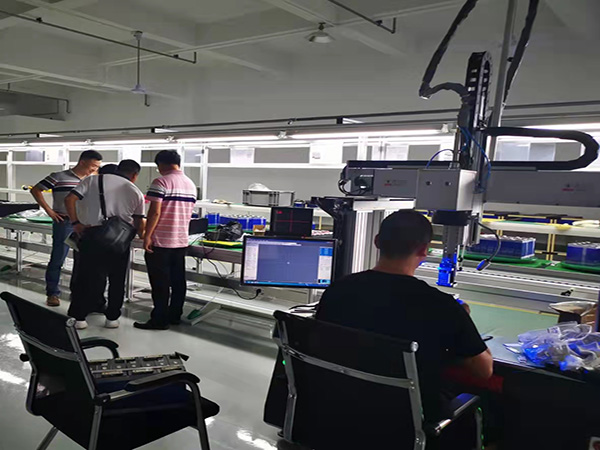
Third, product performance
(1) Battery and battery pack
1. Consumption battery energy density ≥ 260WH / kg, battery pack energy density ≥ 200Wh / kg, polymer battery volume energy density ≥ 600WH / L. The cycle life is ≥ 600 and the capacity retention rate is ≥80%.
2. Powerful battery is divided into energy-type and power type, with energy-type battery energy density ≥180Wh / kg, battery pack energy density ≥120WH / kg; power battery power density ≥ 700W / kg, battery pack power density ≥ 500W / Kg. The cycle life is ≥1000 and the capacity retention rate is ≥80%.
3. The energy density of the energy storage battery is ≥145Wh / kg, the battery pack energy density is ≥ 110Wh / kg. The cycle life is ≥5000 and the capacity retention rate is ≥80%.
(2) positive material
Lithium iron phosphate ratio capacity ≥ 150ah / kg; three-dimensional specific capacity ≥175aH / kg; lithium cobaltate ratio capacity ≥170ah / kg; lithium manganese acid ratio capacity ≥ 115ah / kg; other positive electrode material performance index can refer to the above requirements.
(3) Negative electrode material
Carbon (graphite) specific capacity ≥ 335ah / kg; amorphous carbon ratio ≥ 250ah / kg; silicon carbon ratio is ≥420ah / kg; other negative electrode material performance indicators can refer to the above requirements.
(4) diaphragm
1. Dry one-way stretch: longitudinal tensile strength ≥ 110 MPa, lateral tensile strength ≥ 10 MPa, puncture strength ≥ 0.133 N / μm.
2. Dry bidirectional stretch: longitudinal tensile strength ≥ 100 MPa, lateral tensile strength ≥ 25 MPa, puncture strength ≥ 0.133 N / μm.
3. Wet two-way stretch: longitudinal tensile strength ≥ 100 MPa, lateral tensile strength ≥ 60 MPa, puncture strength ≥0.204N / μm.
(5) Electrolytic solution
The water content is ≤ 20 ppm, the hydrogen fluoride content is ≤50 ppm, and the monoma is ≤1 ppm.
Fourth, safety and management
(1) Enterprises should abide by the "People's Republic of China Safety Production Law" and other safety production laws and regulations, implement national standards or industry standards for safe production, strictly implement the "three simultaneous" system requirements of construction project security facilities, then in the same year The annual production safety accident occurred.
(2) Enterprises should establish and improve the safety production rules and safety production rules and regulations, increase investment security for safety production funds, materials, technology, personnel, improve safety production conditions, strengthen safety production information construction, establish products Manufacturing safety quality traceability means, strengthen practices of safety production education and training, build safety risk classification control and hidden dangers investigation and governance double preventive mechanisms, improve risk prevention and resolution mechanisms, and carry out standardized construction of safety production and reach three levels.
(3) Enterprises should formulate accident emergency disposal plans and regularly carry out drills, construction process and proceeds teams and full-time firefighters shall have a professional team, and allocate personnel and equipment that meet the relevant national standards, industry standard requirements.
(4) Lithium-ion battery companies should have the electrode glitch control capacity during shear process, and the measurement accuracy is not less than 1 μm; the electrode to the electrode alternate control capacity in the winding or lamination process, the control accuracy is not less than 0.1 mm. The positive and negative material enterprises should have control capabilities of harmful impurities, and the detection accuracy is not less than 10 ppb.
(5) Safety of lithium-ion battery products should meet "Lithium Ion Battery and Battery Safety Requirements for Portable Electronics" (GB31241) "Lithium Izon Battery and Battery Safety Technical Specifications for Fixed Electronic Equipment" (GB40165) "Electric Motors The mandatory standard requirements such as "(GB38031)" (GB38031) are used in accordance with the power storage battery safety requirements, and the test mechanism with corresponding qualifications is passed. Battery management systems should have electrical safety protection of overcharge, short circuit, and excessive electricity, to ensure normal use in complex environments such as high and low temperature. Enterprise standards or specifications that encourage companies to formulate and implement higher national or industry standards.
(6) Transportation of lithium-ion batteries should meet the United Nations "Recommendations for Dangerous Goods Transportation - Test and Standard Handbook" section III 38.3 requirements, air transport lithium-ion batteries should comply with ICAO "Dangerous Goods Safety Air Transport Technology Rules "Requirements related to the" Regulations on the Administration of Civil Aviation Dangerous Goods "(MH / T1020) and" Air Transport Lithium Battery Test Specification) (MH / T1052). The packaging of exporting lithium-ion batteries should meet the requirements of the Import and Export Commodity Testing of the People's Republic of China and its implementation regulations.
(7) Lithium-ion battery production, storage, use, recycling and processing, etc. should be in accordance with relevant security requirements for laws, regulations and standards, and effectively take safety control measures.

V. Comprehensive utilization and environmental protection
(1) Enterprises and projects should comply with the land use standards issued by the state, strictly protect cultivated land and save contractual land.
(II) Enterprises should formulate product single consumption indicators and energy consumption accounts, and must not use national minimalism to eliminate the backwardness equipment and production process of serious pollution environment. Encourage enterprises to adjust the energy structure, use photovoltaic and other clean energy, carry out energy-saving technology applications, develop energy-saving rules and regulations, develop energy-saving commonherent and key technologies, promote energy-saving technological innovation and results transformation. The comprehensive energy consumption of lithium ion battery companies should be ≤400kgce / 10,000 AH.
(3) Encourage enterprises to increase resource recovery and comprehensive utilization, improve lithium-ion battery production, sales, use, recycling, comprehensive utilization of lithium-ion batteries.
(4) Enterprises shall conduct environmental impact assessments of construction projects according to law, and strictly enforce environmental protection facilities "three simultaneous" systems, and carry out completion of environmental protection facilities in accordance with regulations.
(5) Lithium-ion battery manufacturer shall apply for sewage permit according to law, and put pollutants according to the sewage permit and implement various environmental management requirements; take effective measures to prevent pollution soil and groundwater; waste organic solvents, waste batteries and other solid waste should Classify storage, collect, transport, comprehensive utilization or harmless treatment according to law.
(6) Enterprises shall formulate emergency plans in an emergency incident in accordance with relevant state regulations to properly handle emergencies. Enterprises shall disclose environmental information according to the requirements of the "Environmental Information According to Law Institutional Reform Program".
(7) Enterprises should establish an environmental management system and encourage third-party certification. Encourage enterprises to continue to carry out clean production review work, and the cleaning production indicators should reach the level III and above levels in the "Clean Production Evaluation Index System of Battery Industry".
Six, health and social responsibility
(1) Enterprises should conduct occupational hazards according to law, implement the "three simultaneous" system requirements of occupational disease protection facilities, and comply with the "Occupational Disease Prevention and Control Law\\
(2) Enterprises shall implement occupational disease prevention and control management measures according to law.
(3) Enterprises should establish an occupational health and safety management system and encourage third-party certification.
(4) The enterprise shall pay taxes according to law, on time, full of employees pay pension insurance, medical insurance, work injury insurance, unemployment insurance, maternity insurance and housing provident fund.
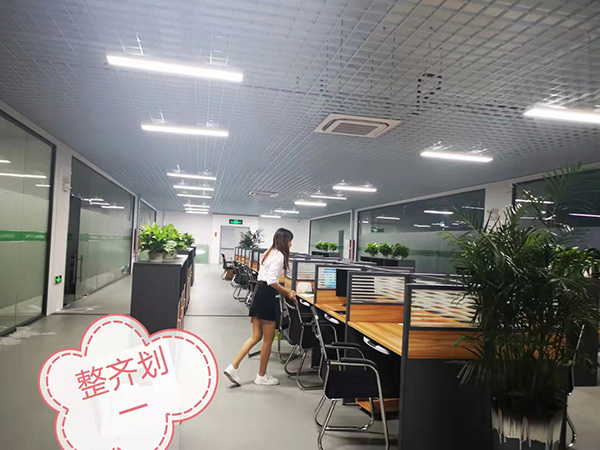
Seven, supervision and management
(1) Enterprise voluntarily compares the application materials for this specification, and the Ministry of Industry and Information Technology shall be submitted to the Provincial Industry and Information Technology Department. Industry and Information Technology Departments at all levels will perform on-site verification with relevant departments. The Ministry of Industry and Information Technology organizes research institutions and testing institutions inspected enterprises. Regularly announced the list of enterprises that meet the conditions of this specification, and the relevant departments organize relevant institutions to perform a list of unified enterprises, implement social supervision, dynamic management.
(2) Announcement of one of the following situations, will revoke its announcement:
1. Fill in the information is fraudulent;
2. Refuse to accept supervision and inspection or not in line with the standard conditions;
3. The two-row products are unqualified;
4. Quality, safety production and pollution liability accidents;
5. Violation of laws, regulations and national industrial policies;
6. Others do not maintain specifications and management requirements.
The Ministry of Industry and Information Technology Inform the relevant enterprises in advance before revoking corporate announcement, listening to relevant enterprises and arguments. Enterprises that were revoked the announcement, their declaration materials were not accepted for two years. Standardize the list of announcements and the relevant supervision and inspection, to publicize the society, and copy national investment, natural resources, ecological environment, emergency management, market supervision, financial supervision, energy and other departments.
(3) The relevant research institutions, testing institutions, and industry organizations must assist the industry authorities to do the implementation and supervision and inspection of this standard, organize companies to strengthen coordination and self-discipline management.
Eight, attached
(1) The conditions for this specification apply to lithium-ion batteries, positive materials, negative electrode materials, diaphragms, and electrolyte manufacturers. The lithium ion batteries in this specification are not specified, usually include monomer batteries (battery cells), battery packs (including battery modules and systems).
(2) If the standards and industry policies involved in this standard, if they are revised, they will be implemented.
(3) Some process technical indicators involved in this specification, the need to be updated due to rapid development of technology, will be released in the form of amended.
(4) This specification has been implemented since the XX month X date in 2021, which is responsible for explaining by the Ministry of Industry and Information Technology, and revised in accordance with the development of industry development and macroeconomic regulation. The "Lithium-Ion Battery Industry Standard Condition (2018)" (2018) "(2018)" (2018) announced on January 25, 2019 (No. 5, 2019) was carried out at the same time.
Source: Ministry of Industry and Information Technology

